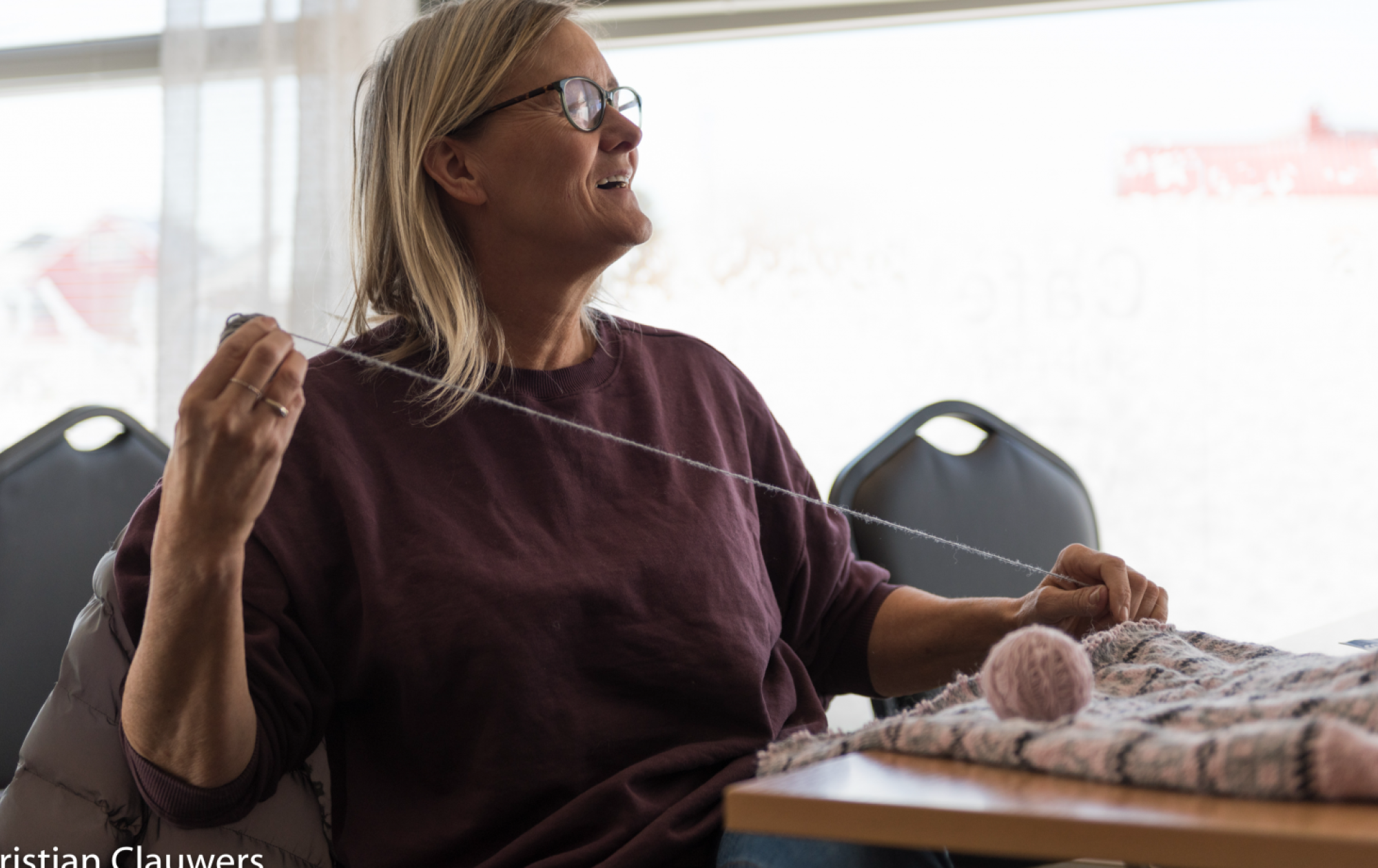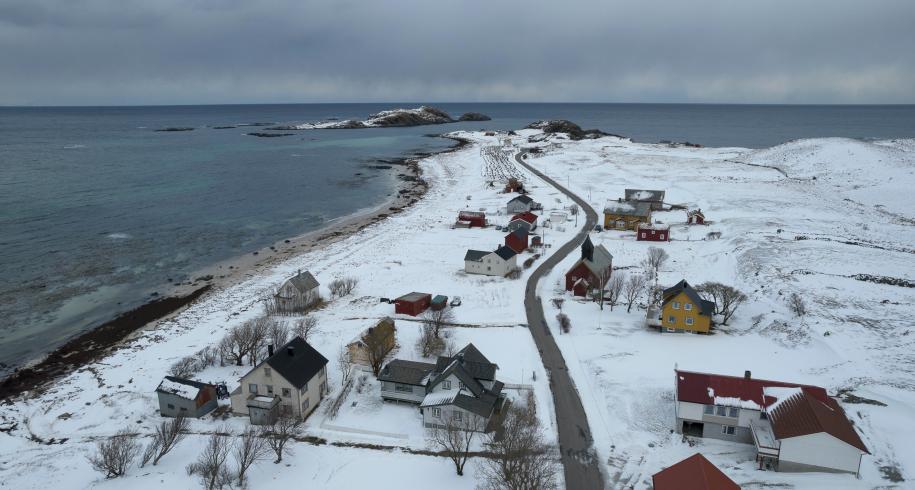
More electric cars, increased second-hand purchases and more self-catering in Lofoten
A lot is happening in a more environmentally and climate-friendly direction, according to the Lofoten Survey 2022. Interest in electric cars is even stronger than last year, more people have electric bikes and buy more second-hand, eat less meat and have more digital meetings. As many as 3 out of 4 Lofoten residents are ready to repair more and almost as many want to grow, hunt and fish more of their own food. The Rist family in Ballstad is one of many families living an increasingly eco-friendly lifestyle.
- By Laura Johanne Olsen
The Lofoten survey was sent out in June by Kantar Public on behalf of Lofoten The Green Islands 2030. As many as 1,570 of us took the time to respond, enough to make the survey highly representative.
The electric car revolution is underway
One of many interesting findings from the survey shows that the number of households with electric cars has increased from 4 to 10 percent since last year's survey. More than doubling in just one year suggests that the electric car revolution has accelerated here too. This is reinforced by the fact that as many as 35 percent of us now say it is likely that they will buy an electric car within the next two years.
Øystein Rist moved home to Lofoten in 2016 with his wife Liv Marit Prestegård Rist and their three sons Isak (12), Leon (10) and Kristian (7). Their electric car history goes back as far as 2011. Back then, they lived in Kløfta and got an electric car both because it was good for the environment and for practical reasons.
- "We commuted in and out of Oslo. With an electric car, we saved on tolls, could drive in the public transport lane and there was free parking," says Øystein.
He also thought about the importance of using new technology in order to contribute to its further development.
- "If enough people buy and show interest in it, then it's clear that the industry will use resources to develop it.
The most important criteria for people in Lofoten when buying an electric car are range (stated by 61 percent), access to a charging network (49 percent), lower overall costs (27 percent) and four-wheel drive (25 percent) (people could choose to tick more than one option, so the total does not add up to 100). Only 12 percent state that an (electric) car is out of the question, a decrease of 6 percentage points.
Øystein is delighted to use an electric car in Lofoten, too.
- "We drive so many short distances here, most of them in less than 20 minutes. So even though we have a fairly old electric car, it's enough for us to charge it at home.

While we're on the subject of electric vehicles, it's worth mentioning that electric bikes also seem to be gaining momentum in Lofoten. Last year, 6 percent stated that they had access to an electric bike, this figure has increased to 9, meaning that 50 percent more people have electric bikes. Many also state that they plan to cycle more in the next two years. Here, the over-60s are not far behind the other age groups. Could this be because electric bikes are considered a better alternative than regular pedal cycles for the elderly? It may also be worth noting that those who have electric bikes seem to use them more often than those who "only" have pedal cycles.
Young people are going for recycled stuff!
There is also a slight positive trend in the overall figure for those who have already started buying more second-hand and for those who plan to do so. Last year this figure was 57 percent, this year it is 58. This may be related to a Western and national trend towards buying more second-hand clothes, and this suspicion is perhaps strengthened by the fact that it is particularly in the under-30 age group that this view is really gaining momentum. Young people seem to be driving the growth, with the overall figure rising from 55 percent last year to 68 percent this year.
The Rist family highlights the advantage of having three boys with a small age difference, which makes reuse easy.
- "First Isak uses something, then Leon inherits it and finally Kristian can use it. And if the garment still has some life left, it will be passed on to cousin Vegard," smiles Øystein.
When they look around the room, they realize how much has actually been reused or has had a lifetime in several cabins and homes within the family.
- "I actually rescued that sofa at LAS when I saw that a man was about to throw it away. I asked if I could have it instead, and it was no problem.